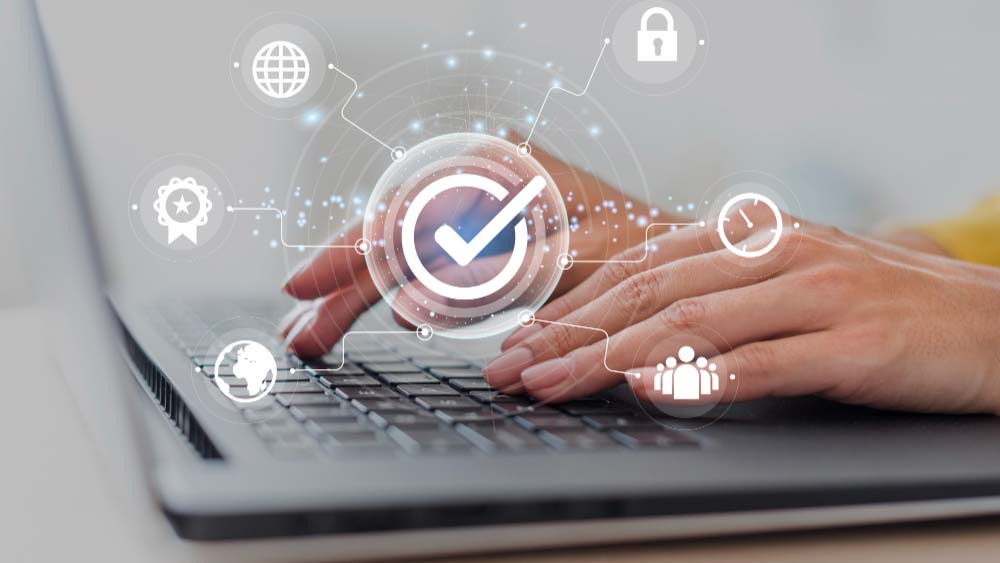Passwords aren’t sufficient. In a time when hacker attacks, data breaches and theft of credentials happen every day, relying on passwords is as if you lock your front door, but keeping keys under the floor.
This is the point at which Multi-Factor authentication (MFA) comes in. It was initially thought to be a feature reserved for IT departments and banks, MFA has become a essential element of security for small-scale businesses, individuals as well as large corporations.
We’ll go over the basics of what MFA is what it is, why it’s important and how to incorporate it into your everyday digital routine.
What is Multi-Factor Authentication (MFA)?
MFA is a process of security that requires users to confirm their identity by using at least two of the following factors that fall into various categories:
-
What you are aware of Passwords, PINs or security concerns.
-
You have – A cell phone hardware token, smart card.
-
You are Biometric information like fingerprints, facial recognition or voice identification.
By combining elements from at minimum two different categories MFA dramatically raises threshold for attackers trying to gain access to your accounts.
Why MFA is Essential in 2025
-
Passwords are not secure by themselves Strong passwords are susceptible to theft through the use of phishing, data leaks as well as brute-force attack.
-
Credit card stuffing increasing Hackers use stolen credentials from a breach to gain access to other accounts.
-
The phishing attacks constantly evolving Artificially-generated phishing email or fake login sites appear more convincing than they have ever.
-
Accounts used for everyday use are a target Cybercriminals don’t only attack banks, they also make use of social media, email and e-commerce accounts to steal identities and cash.
MFA serves as an effective security net. If your password gets compromised, an attacker requires the phone number, your token or biometric data in order to break into.
Everyday Scenarios Where MFA Protects You
-
Email Accounts
-
Your email account is the gateway to all of your online accounts. If you use MFA even if someone knows the password to your account, they are unable to simply reset the passwords for your other logins.
-
-
Online Banking & Payments
-
Financial institutions typically utilize MFA through the use of SMS or app-based prompts or even hardware keys, to deter fraud.
-
-
Work Accounts & Cloud Apps
-
MFA secures sensitive data and data from access by unauthorized users particularly in remote and hybrid configurations of work.
-
-
Social Media & Personal Accounts
-
Avoid account hijacking that can harm your reputation or cause frauds to your followers and friends.
-
-
E-commerce & Subscription Services
-
MFA blocks hackers from purchasing items with the stored information about payment.
-
Types of MFA Methods
-
Text messages or email codes They are common but not as secure, they can be spoofed or intercepted.
-
authentication apps (Google Authenticator Authy Microsoft Authenticator, Google Authenticator) Create time-based one-time code on your device.
-
Push Notifications A prompt to tap-to-approve delivered to your mobile or smartwatch.
-
Hardware Tokens (YubiKey, Feitian, RSA tokens) physical devices that generate codes or need tapping.
-
Biometrics: Fingerprints, Face ID, or voice recognition for stronger device-level security.
-
Passkeys The Passkeys is an emerging passwordless standard that integrates biometrics and device authentication.
Best Practices for Using MFA in Daily Life
-
Allow MFA wherever it is possible–especially for banking, emails cloud storage, social media.
-
Apps that authenticate users’ preferences as well as keypads for hardware that can be used in conjunction with SMS code to provide more secure security.
-
Recovery codes for backup stored in a safe place in the event of losing your device.
-
Take care of MFA Fatigue attacks–don’t just blindly accept the same login requests.
-
Inform your family and friends about the benefits of MFA to build an environment of security.
Quick MFA Checklist
-
MFA enabled on all critical accounts
-
Authenticator app or hardware token in use
-
Backup recovery codes stored safely
-
Old devices removed from account access
-
Awareness of MFA fatigue and phishing tactics
The Future of MFA in Everyday Security
The future of MFA lies in frictionless authentication–strong security that doesn’t slow users down. Passkeys, biometrics and artificial intelligence-driven identification verification are set to remain the primary method of replacing passwords that are traditional which makes MFA secure and user-friendly.
By 2025, it’s evident: MFA is no an option anymore. MFA is the new standard to protect your digital identity.
Final Thoughts
Cybersecurity doesn’t need to be difficult however, it is a matter of the right ways of doing. Switching on Multi-Factor authentication is among the easiest and most efficient actions you can do to safeguard your online life.
Consider MFA as your digital seatbelt. It may seem like an extra move, however it’s actually the one that can save you from a serious crash.








